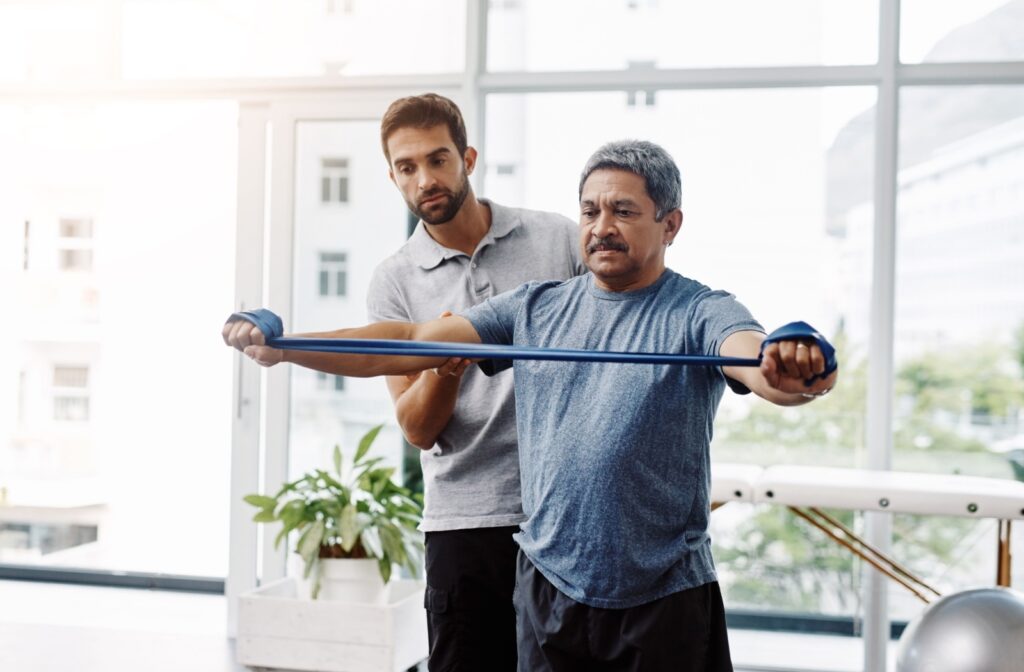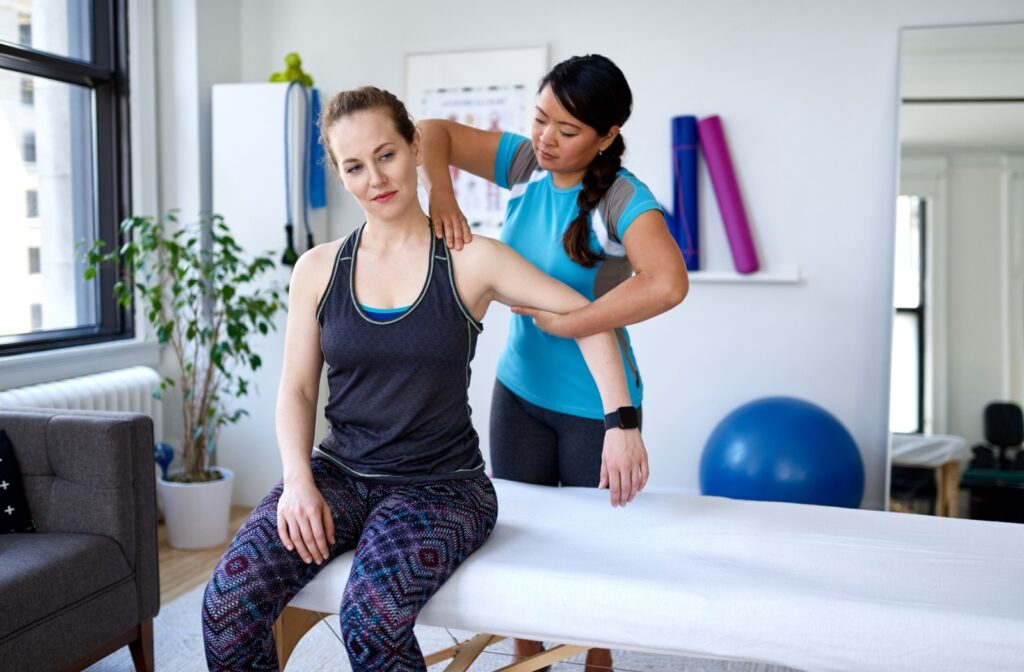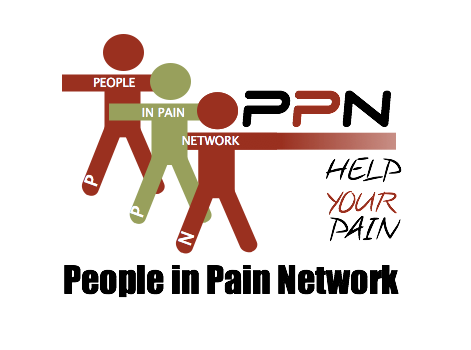
Preparing for your first physiotherapy appointment can bring up a few questions. You might wonder what the session will involve or what you should do to get ready. A common and practical question is what you should wear to your appointment.
The most important thing is to wear comfortable, non-restrictive clothing that allows your physiotherapist to assess the area causing you pain. Your comfort and ability to move freely are priorities for a productive session.
Your First Appointment & What To Expect
Your first physiotherapy session is a key step in your health journey, and it’s a collaborative effort. The first visit involves a conversation and a physical assessment. This helps our team of talented physiotherapists understand your needs so we can create a personalized plan with you.
The Initial Conversation
We’ll start by talking about your medical history and the reasons for your pain. This is also a great time to ask any questions you have. This conversation helps us get to know you and your situation better.
The Physical Assessment
Next, your physiotherapist will conduct a physical assessment of the area that hurts. This evaluation looks at your mobility, strength, and any limitations you may have. The information gathered helps us develop a treatment plan together.
General Clothing Tips for Comfort & Movement
The right clothes allow your physiotherapist to see and access the treatment area. They also let you move freely and comfortably during your assessment. Your comfort is an important part of the process.
Choose Loose & Flexible Clothes
Try to wear clothing that doesn’t restrict your movement. This lets your physiotherapist see how your body moves. Athletic wear or relaxed-fit clothing are often good options.
Consider Breathable Fabrics
You may do some light exercises during your session. Choosing fabrics that are breathable, like cotton or moisture-wicking materials, can help you stay comfortable. We often recommend gentle movements similar to some of the safe exercises we demonstrate online to help with our assessment.
What to Wear for Your Specific Treatment Area
Different areas of the body require different types of access for a thorough assessment. Thinking about where you feel pain can help you choose the right outfit. Here are some suggestions.
For Neck & Shoulder Pain
A tank top or a loose-fitting t-shirt works well for neck and shoulder issues. You can wear a sweater or zip-up hoodie over it that’s easy to remove. This allows your physiotherapist to see the muscles and joints in your upper body.
For Upper & Lower Back or Hip Pain
For back or hip pain, wear a loose-fitting shirt and comfortable pants or shorts. Your physiotherapist may need to see your spine, so clothes that can be easily moved are helpful. A sports bra or a top with an open back can be a good option for women.
For Knee, Ankle, or Foot Pain
Shorts or loose pants that you can roll up past your knee are ideal. This allows a full view of your leg from your hip to your foot. It helps your physiotherapist assess how everything moves together without restriction.
For Pelvic Floor Physiotherapy
Comfort is key for a pelvic floor physiotherapy appointment. Loose-fitting pants, like sweatpants, or comfortable leggings are good choices. You will likely do different exercises, so wear whatever you feel most comfortable moving in.
The Right Footwear for Your Session
Don’t forget about your feet when getting ready for your appointment. What you wear on them matters for your stability and comfort. The right shoes can also provide useful information for your physiotherapist.
Why Supportive Sneakers Matter
Athletic shoes or sneakers provide good support and a stable base. You might do some light exercises, such as walking or balancing. Proper footwear can help with your balance and stability, as there are many health benefits of controlling body movements safely.
The Value of Easy-To-Remove Shoes
Your physiotherapist may ask you to remove your shoes to look at your feet or ankles. Shoes that are easy to slip on and off can make this process quicker. This is a small convenience that can make your appointment feel smoother.

What Else To Bring & What To Leave Home
A little preparation can help you get the most out of your collaborative pain management in Halifax. Bringing a few key items and leaving others at home can make your session more focused. This helps you and your physiotherapist work together effectively.
A Few Items To Bring With You
- A pair of shorts to change into if your appointment is for your leg, hip, or lower back.
- Any regular footwear or orthotics you use.
- A notebook if you prefer to take your own notes about exercises or recommendations.
Accessories To Leave at Home
It’s helpful to remove items that could get in the way of your assessment or treatment. Limiting accessories allows for easier access to the treatment area. This includes things like:
- Jewellery—such as necklaces or bracelets
- Watches
- Belts
Visit One to One Wellness for Trusted Physiotherapy
Choosing the right attire for physiotherapy is all about comfort, movement, and access. By dressing appropriately, you help your therapist provide focused care. This simple step supports a collaborative and effective approach to your health.
The team at One to One Wellness is a unique blend of talented people working together to support your wellness journey. If you are looking for a collaborative approach to pain management in Halifax, book a free meet and greet session to see how our team can help you.
We are here to support you every step of the way.





